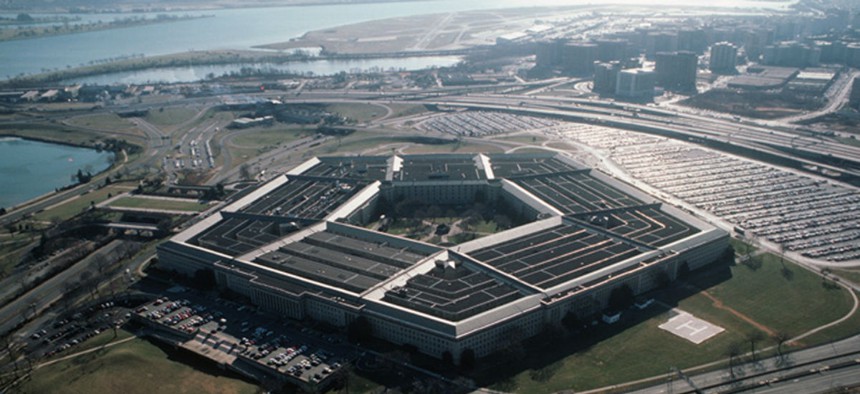Contractor for Afghan Army Vehicles More Than Doubled Cost, Watchdog Finds
Miscues and waste likely to require Pentagon to spend $1 billion more.
A U.S. program to help the Afghan National Army become self-sufficient in maintaining transport vehicles failed to meet its basic contract requirements and program objectives, a watchdog reported on Friday.
A five-year contract, originally valued at a fixed price of nearly $182 million, was repeatedly modified until the cost came in at $423 million. As a result of Pentagon inaction in correcting the situation, the Afghanistan Technical Equipment Maintenance Program will require investment of another $1 billion over the next five years, the Special Inspector General for Afghanistan Reconstruction said in an audit released July 29.
“However, not providing this needed assistance would adversely impact the ability of the Afghan military to meet its counterinsurgency objectives and run counter to U.S. policy objectives,” SIGAR noted, calling instead for new analysis to identify the deficiencies and waste in the work by the Dubai-based firm called Afghanistan Integrated Support Services.
Through 2010, the Defense Department focused on building up the Afghan National Army to take over fighting the insurgents, and more recently, on developing its capacity to maintain its U.S.-procured $6.5 billion vehicle fleet, the audit noted. The goal was “a mix of organic capacity and contracted logistic support” to maintain a fleet of some 26,000 vehicles at a cost of nearly $182 million (not including the costs of supply chain and spare parts). The fleet has since grown to 31,000 vehicles, SIGAR noted.
“The contract was originally structured based on the Combined Security Transition Command Afghanistan's assumption that the ANA had the capability to provide spare parts when and where they were needed, and that the ANA was capable of performing higher-level maintenance tasks, even thought it had ample evidence that such capabilities did not exist,” SIGAR said. “The contract performance metric did not accurately assess contractor performance or progress toward contract objectives.”
The number of vehicles AISS received and repaired declined from a high of 3,072 vehicles in the second quarter of 2012, to a low of 82 in the third quarter of 2015, the audit said. Payments to the contractor “based on ANA vehicle density and not vehicles actually repaired resulted in escalating per-vehicle repair costs from a low of $1,889 to a high per-vehicle repair cost of $51,395.”
Though the contractor was cited 113 times for failing to fulfill contract requirements, SIGAR found a number of instances where DoD could have, but did not, demand repayment for services not rendered or inadequate services rendered. U.S. military program managers did warn AISS of possible termination but never followed through.
SIGAR recommended that the Defense secretary review the oversight and execution of the current contract to determine lessons learned, as well as ensure that the revised contract addresses the conditions that hindered earlier implementation.
The Pentagon agreed.








